I have created an on-premise .Net 6 Web API and have successfully implemented authN using Azure (app registration > access_token). This api is accessed publically by an external vendor in a service-2-service way.
Because the controller actions need to have AuthZ using RBAC (Role-based access control) I started searching on how to accomplish this for my scenario.
What I did is, create app roles on the API app registration and create a 2nd app registration (client) that has a "Read" role, now I can generate a separate access_token but it seems I have no way to check the role in the API?
When using the client app registrations client_id and client_secret I only receive the access_token, no information on roles!
{
"token_type": "Bearer",
"expires_in": 3599,
"ext_expires_in": 3599,
"access_token": "TOKENHERE"
}
What I need is proper Role checking using Role-based authorization without a user but I'm missing some crucial information on how to set this up properly on Azure and in the API bootstrapper. Roles, scopes, claims, ..?
What am I overlooking here?






